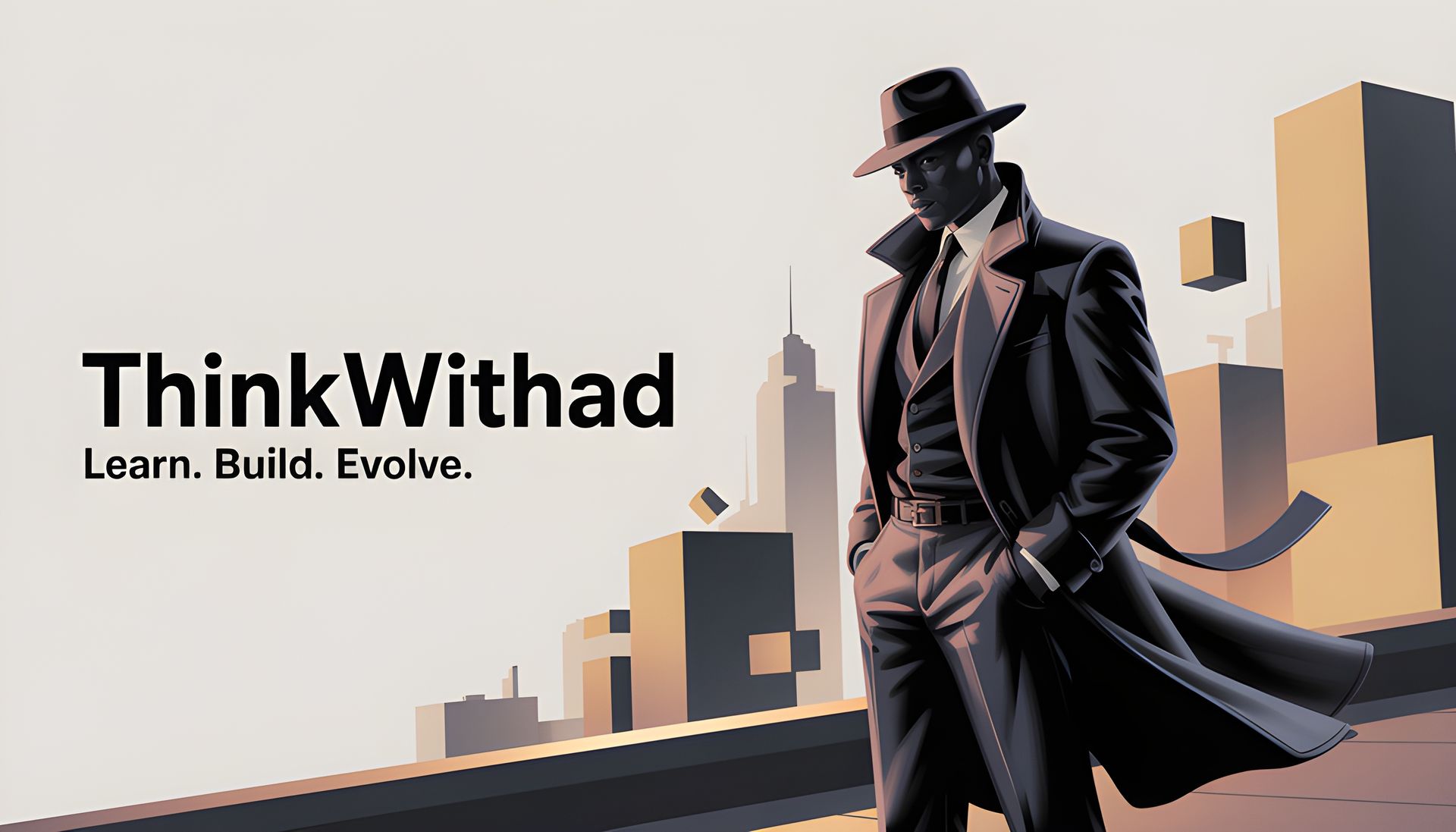Gratitude vs. Guilt: Do You Owe a Community That Didn’t Show Up?
Giving back should start with gratitude, not guilt. If your hometown, circle, or “community” didn’t support you on the climb, you don’t owe a back-pay tax now that you’re up. You owe yourself discernment. This breakdown shows how to honor your roots without getting used—so you can give on purpose, not under pressure.
1) Gratitude vs. Guilt: The Expectation vs. Your Reality
Communities love the highlight reel: you “come back,” cut a check, take a photo. That storyline skips the seasons when you were grinding alone. If they weren’t present when it cost them something, you’re not obligated to show up when it benefits them.
Core truth: Giving back is a strategy, not a social debt. Gratitude is healthy. Guilt is a trap.
2) Who (or What) Is Your Community—Really?
Stop treating “community” like one block of people. Separate it into three lanes:
- Place (Roots): zip codes, schools, churches, parks.
- People (Real Support): mentors, that one teacher, coach, neighbor—the folks who actually showed up.
- Next Gen (Future Builders): the kids standing where you stood—hungry, unseen, trying.
Once you separate the map, decisions get clear: reward the helpers, invest in the hopeful, stop romanticizing the rest.
Pull-quote:
“Access without accountability is exploitation.”
3) Motive Check: Why Do You Want to Give?
Be honest—are you giving to:
- Buy acceptance from folks who doubted you,
- Silence critics,
- or create impact?
If it’s validation, pause. If it’s impact, proceed—with a plan.
Rule: Give from conviction, not pressure. You can care without being consumed.
4) When “No” Is the Right Answer (Red Flags)
Performative asks: big ceremony, tiny results.
- Gatekeeping: same faces hoarding control, no transparency.
- Entitlement energy: “You owe us” with zero accountability.
- History of disrespect: they drag you when you’re busy and love you when you’re useful.
“No” is a full sentence. Protect your peace.
5) The Smart Way to Give (If You Choose To)
Make your impact surgical—focused, measured, sustainable.
A) Target the outcome
- People > buildings: scholarships, cert fees, laptops, trade tools.
- Skills > speeches: workshops in entrepreneurship, trades, coding, financial literacy.
- Pathways > promises: paid internships, apprenticeships, referrals, portfolio reviews.
B) Control the logistics
- Clear criteria: reward effort, attendance, character—not just clout.
- Simple process: short app, clear dates, public summary of results.
- Keep receipts: metrics, follow-ups, testimonials.
C) Choose formats that work
- Quiet giving: anonymous micro-grants to dodge politics.
- Sponsor a seat: fund one certification or bootcamp seat per quarter.
- Adopt a cohort: a class, a team, a grade—go deep, not wide.
6) Boundaries: Give Without Getting Drained
- Set a budget (time + money) and stick to it.
- One contact channel: all requests through a form or manager—no DMs.
- No emergency guilt: “today by 5 PM” isn’t your responsibility.
- Annual review: if it’s messy, pause it; if it’s working, scale it.
Remember: charity without boundaries becomes obligation.
7) Real-World Scenarios (What Works, What Doesn’t)
A) The Photo-Op Donation
Local org wants $10k, no plan. You pass and instead fund 10 industry certifications with a partner school. Start dates, deliverables, outcomes.
Result: jobs, receipts, real change—no politics.
B) The Entitled Cousin Committee
Family wants a “foundation dinner” on your dime. You skip the spectacle and place $5k in micro-grants for single parents finishing trade programs.
Result: quiet impact, documented wins.
C) The One Who Helped
That 10th-grade teacher wrote your scholarship rec. You fund their classroom tech for three years.
Result: surgical gratitude with lasting benefit.
8) If the Old Community Isn’t It—Build a New One
Invest where you’re committed, not just where you’re from: the city you live in now, the industry cohort that embraced you, HBCUs, trade schools, immigrant orgs, recovery programs, faith groups. Community is where you pour consistently, not just a birthplace on your bio.
9) The Five-Question Filter (Use Before You Give)
1. Will this change a life—or just make a headline?
2. Who’s accountable, and how will I know it worked?
3. Does this align with my story and values?
4. Can I sustain this—or design it to run without me?
5. If my name was never mentioned, would I still do it?
Yes to most = go.
No to most = pass.
10) Bottom Line
You don’t owe a crowd that never clapped. But you can still seed the next kid standing where you stood. Give where it grows. Measure it. Protect your peace. Choose impact over optics—every time.
🧠 ThinkwithAD – PULSE
ThinkwithAD – PULSE breaks down real-world playbooks for life, money, mindset, and leadership—urban lens, professional execution. No fluff, just strategy.

⚠️ Disclaimer: This article is for informational and educational purposes only. It is not financial, legal, or philanthropic advice. Always assess your situation and consult qualified professionals before making decisions about donations, partnerships, or public initiatives.